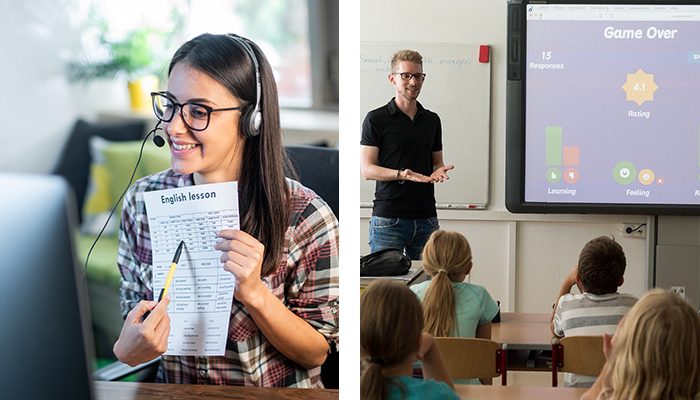
School 2020: Online Learning, In-Person Classes, and Hybrid Programs
Every student in the United States has experienced some form of disruption in their education so far in 2020. Remote or online learning has ranged from basically checking in online to get current class assignments to sitting in front of a computer for hours a day in a virtual classroom with all of your classmates. Each school district has taken different approaches, and it wouldn’t be an exaggeration to say that the end result has been somewhat chaotic. Teachers, students, and parents have all had struggles, and while they may not all agree on the total impact the lockdown has had, its clear that education has suffered.
The Washington Post recently reported that “Remote learning has been a struggle for teachers and is expected to set back the learning gains of a generation of students. It has been particularly hard on children of color, kids from families who are financially insecure, and those without access to computers and technology at home.”
For example, in Little Rock, Arkansas, the school district found that schools with higher percentages of English language learners (ELL) had lower login rates to the online portal the district was using. To try to remedy that, the district identified which students needed internet access or digital devices, and were able to improve the situation for those students.
Many school districts have returned to full-time in-person learning, however even in those school districts, a number of parents have opted to keep their children home because of concerns over the Coronavirus, and some districts started the school year in person but have already switched back to remote learning.
Finally, there are many school districts who are doing a combination of remote learning and in-person classes, and some have started the school year remotely, with plans to transition to in-person classes over time.
The Balance Between Remote Learning and In-Person Learning
In their recent spotlight on Online Learning, Education Week takes a close look at balancing in-person and remote instruction. They recommend essentials for remote learning that have proven to be helpful, including the suggestion that teachers should try to spend some one-on-one time with each student during the week. Also, breaking up lessons into smaller chunks is helpful not only for comprehension, but many students are using mobile devices rather than a laptop or desktop computer, so smaller is better.
Slowing Things Down
Teachers will find the right pace for their particular students, but taking things slow is important in order to make sure everyone is comprehending and keeping up. Teachers are also finding that many students need the flexibility to do their classwork on nights and weekends. In the Madrid-Waddington school district in New York, they found that 30 percent of students completed much of their work outside of traditional school hours.
In situations where students are attending school in person, they most likely ended the last school year at a deficit, and are spending a good part of this fall semester just trying to get caught up with where they should be. And there is always the chance that schools will decide to return to remote learning if a COVID-19 resurgence crops up in their area. Because of this, many teachers are trying to take advantage of real classroom time to focus on curriculum elements that are difficult to teach remotely.
Not surprisingly, the students with better online access and whose parents can coach them at home are coping better with remote learning. Realistically, even in districts where reliable online access is great and students have appropriate digital devices, parents have jobs and usually have more than one school-age child, and the roles of teacher and tech support are not something they can easily assume. So parents are increasingly looking for help in managing their children’s educational activities.
How Tutoring Helps
Before COVID, the vast majority of students who participated in some form of tutoring were attending school in person. What they needed was some additional support in order to master a subject they may have been struggling with. There were many models of tutoring available: specialized classes with multiple students at a brick-and-mortar location; one-on-one tutoring in person at such a location; one-on-one tutoring in the student’s home or the tutor’s home; in-person tutoring at a library or other public facility; online group classes a student could sign up for; online study guides and practice tests; and online individual tutoring sessions.
Since COVID, much more emphasis has been placed on the various online tutoring methods due to the concern over meeting in person, even with social distancing, masks, and sanitizing. However, combined with virtual school, online tutoring may seem like more of the same, resulting in burnout. Younger students have much more of a struggle keeping up with remote learning than older students, but it’s certainly not ideal.
That’s when the distinction between online classes and online one-on-one tutoring is so important. When you can have a tutoring session one-on-one where the tutor is an experienced educator and not just a subject matter expert, and they focus their entire attention on one student and that student’s individual, unique needs, the fact that it takes place over a video screen is very minor. Parents are looking for high quality online tutoring to help them out as well as helping out their children academically.
What online school is missing is the ability to really reach students individually and ensure that they are “getting it” and can keep up. Many students are distracted or don’t even bother to log in. They just try to complete their assignments on their own and get them turned in. And teachers have the incredibly difficult task of trying to engage groups of such disconnected students and meet curriculum goals.
It May Seem Counterintuitive
Parents who are finding that their students are struggling with remote learning may not immediately see how more time online can possibly help. But once they see that online tutoring sessions can be exactly like in-person tutoring sessions, and they see how their child is engaged and improving academically, they embrace it as an important tool in helping their child succeed.
For more information on how our certified teacher/tutors can help your child, one-on-one, check us out!

